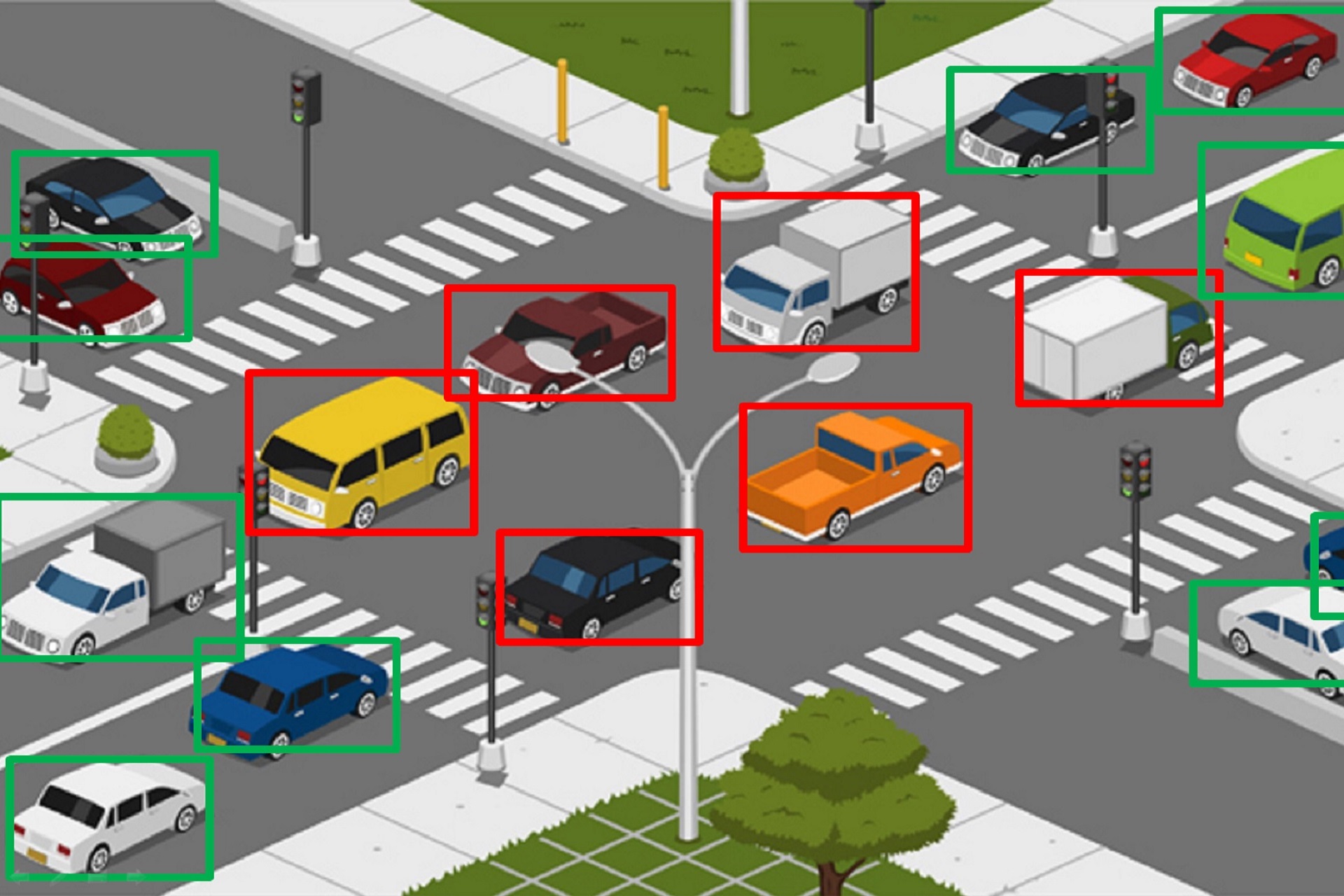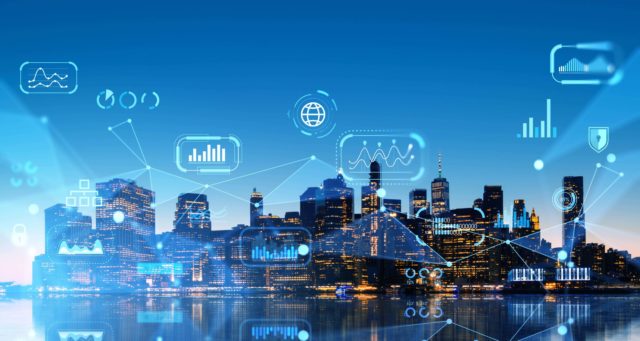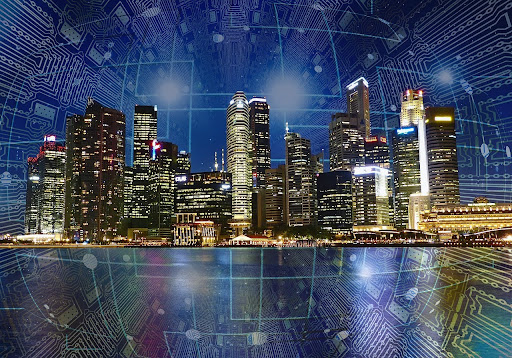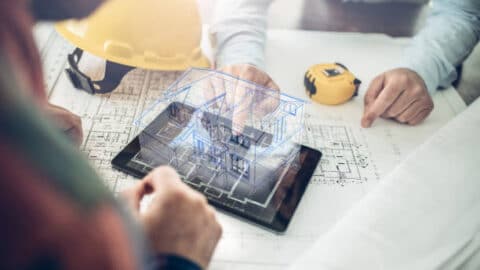Smart Buildings, Smarter People Flow: The Role of Technology in Planning
The integration of technology into modern architecture has become the center stage for creating smarter and more efficient structures. Considering their reliance on advanced technological solutions, smart buildings are revolutionary assets in urban development. Optimizing people flow within smart buildings is one of the crucial building blocks that redefine how people interact and enhance the overall operational performance of the building. Technology plays a vital role in planning better people flow, affecting everything from accessibility to efficiency. Dive in as we explore how technology affects the flow of people within buildings based on analytical solutions that help in making smarter investments, which leads to shaping a future with the correct modernization approach.
Table of Contents
What are smart buildings today?
Smart buildings today refer to structures equipped with advanced technologies and automated systems to enhance efficiency, comfort, and sustainability. These technologies include IoT devices, sensors, data analytics, and connectivity solutions. Smart buildings enable centralized control and optimization of various systems such as lighting, HVAC, security, and energy management, resulting in improved operations, resource utilization, and occupant experience.
What are the three basic components of a smart building?
The three basic components of a smart building are:
- Sensors and Devices. These include a variety of sensors, meters, and IoT devices that collect data on various parameters such as occupancy, temperature, humidity, energy consumption, and security.
- Connectivity and Communication. Smart buildings rely on robust networks and communication protocols to enable seamless data transmission between sensors, devices, and central management systems.
- Central Management System. A central management system serves as the brain of the smart building, integrating data from sensors and devices, analyzing it, and enabling control and automation of various building systems based on predefined rules and algorithms.
-
Automated Traffic Management

Smart buildings leverage advanced people flow management systems. These use sensors and AI algorithms to monitor and regulate the flow of people. These systems analyze real-time data, adjusting routes and pathways to optimize traffic, reduce congestion, and enhance overall efficiency. Automated traffic management is particularly crucial in high-traffic areas. Such as office complexes, shopping malls, and transportation hubs.
-
Integrating Advanced Digital Solutions
Horizontal and vertical movement of people in buildings can be seamlessly enhanced by including advanced digital solutions within the key components of the building. Some elevator systems perform predictive analytics to anticipate user demand. While optimizing elevator and escalator allocation to reduce wait times, enhance energy efficiency, and induce improved user behavior. Decreasing unnecessary operations ensures a seamless vertical transportation experience that enhances building functionality. Biometric access control systems have become integral for easy navigation, enhancing security and efficiency, from fingerprints to facial recognition. These effortless navigational solutions streamline access for authorized personnel. While maintaining a high level of security, which controls and secures people flow within the building.
-
Incorporate Effortless Navigation
The smart building design is influenced by the Internet of Things or IoT, offering real-time connectivity between devices and systems by integrating cutting-edge IoT navigational solutions. Incorporating seamless navigation systems provides personalized people flow planning where users can access interactive maps, receive navigation assistance. And even find information on nearby amenities. Hence, creating a more user-friendly and efficient experience while ensuring the building can better handle the flow of people.
-
Conducting Successful People Flow Analysis
The successful approach to efficient people flow within smart buildings starts with a holistic people flow analysis. This involves a strategic process including analysis of real-time data provided by sensors and expert observations. By gathering valuable insights, traffic patterns, user behavior, and peak usage times, analysts are able to identify common congestion points and challenges that may impede smooth people flow. Once challenges are identified, it’s time to develop optimal solutions. Such as adjusting people flow in buildings or integrating additional access points to tone down congestion. The entire process moves toward creating a scenario that not only tackles existing challenges. But also anticipates future needs. Analysts are then ready to turn this scenario into reality by implementing the proposed solutions into the smart building infrastructure. Hence, ensuring seamless coordination between various technological components.

-
Real-Time Communication Platforms
Smart buildings are centered around integrating modern digital solutions into urban architecture for enhanced performance and smooth user experience. Modern solutions like mobile apps or integrated building management systems allow visitors or occupants to receive alerts, updates, and personalized information. Also, encouraging real-time, effective communication across the building systems. From maintenance notifications to personalized user guidance, these platforms contribute to a more informed and efficient building experience. Hence, ensuring clear guidance and smarter people flow.
The future of technology is rapidly evolving by the day, and the integration of more innovative solutions in smart buildings doesn’t seem that far-fetched anymore. People flow planning is a crucial analytical process that could lead to a better user-friendly environment with effective traffic management by integrating advanced solutions that combine evolving technology with the building design. Technology doesn’t only improve the functionality of individual structures but also contributes to a broader vision of a brighter environment, paving the way to a transformed seamless future.

Magdalena Polka is a Business Solution Designer and an Information Technology / Project Management consultant and author with over 15 years of software development, management and project management experience.










